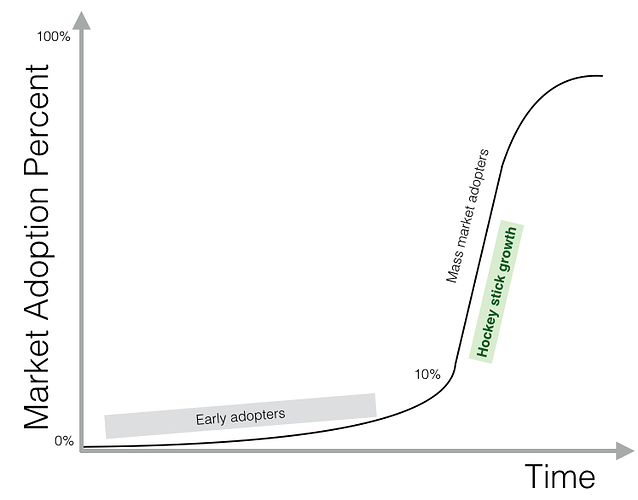Knowing how much high grade ore we can produce before we need to infuse money for mechanization is the big key here for me. If there are enough tons at high enough grades there will be millions of dollars to invest in mechanization to scale upwards and avoid the dilution pill. That’s what I would really like to hone in on. If the overall grades are normal single digit grades on the larger longterm scale, that’s acceptable. We just need to be able to scale the project internally.
I’m not a mining expert which is why I attempt to facilitate a productive back and forth conversation with the intelligent mining brains here and zero in on where the widest gaps are in their conclusions. I’m still baffled how opinions from very smart mining brains can be so far apart.
From more of a novices vantage point, it appears that folks like you and Baldy don’t want to give enough credence to the samplings. If they are so meaningless what’s the point of even doing them? If we can’t extrapolate projected grades from sampling what’s the purpose? When they state that grades are improving at depth and they are confirming the existence of a mesothermal vein system, why do some of the pessimists say well the highest grade gold mine on earth is X gpt so these samples are bogus, hand picked, not a large enough sample size etc etc etc. It’s fine to discount the grade to a certain extent by considering some of these points, but surely there should be an overall consensus that these grades, hand picked, small sample size or not, is extremely positive.
I agree with Baldy that BB can be over optimistic on some points but it’s hard for me to believe that they can be so way off from eachother. I read Baldy and BB’s posts very closely if you couldn’t tell. It would nice to establish more commonality in their view points to establish some commonly accepted baseline projections for the group here to digest. Perhaps its a mixture of still being too early, not enough data, ego, overly compensating for a preferred outcome. Bottomline, some baseline consensus would be nice to see from the smartest folks on the board. The fact that BB and Baldy are so far apart on this tells me that one of them is way off on this. I’d like to know which. I think reality lies somewhere firmly in between their viewpoints right now.
Back to the key point here for me. How many high grade tons, say 20 gpt or higher is reasonable to expect that can be mined by this preliminary and inevitabley temporary methodology of blasting, scooping, and trucking to ENAMI. If they can’t turn enough profit by doing this to be able to invest internally to scaling the project, I agree with Baldy then that this is very problematic from an investment and dilution standpoint despite the amount of value that lies in the ground.
If the company claims they can do 40tpd why are we questioning how long it takes to drive it and get it processed etc to ENAMI? 40tpd is 40tpd. They surely figured on trucking it did they not? I’ll stop right here and kick this into Breccia Boys court.
Brecciaboy, can you please provide a compelling argument as to how 40tpd as the company stated is their goal is doable? Does this include trucking to ENAMI as well or would be losing several more days in the transportation piece of the equation. If we are doing math on 40tpd x 260 working days x an assigned gpt, but the time needed to transport is not included aren’t these flawed calculations to project from? Is this quickly scalable to 80tpd by adding just one more working face and doubling the amount of men, adding another truck and scooper?
I don’t see why we can’t come to a reasonable consensus on something like this. It doesn’t seem like an overly complex projection given what we know and using a mining brain to confirm. Brecciaboy you have talked frequently by multiplying the number of faces by 40tpd but let’s stop and analyze that better. How difficult, time intensive, and costly is it to double the size given where we are at right now? Why is this a doable expectation without the need for help, financing, more advanced mining methods? Skeptics here don’t think this artisinal approach funded out of MC pocket is likely to.sprigboard us to the next level without dilution anytime soon. I look forward to another one of your enjoyable posts with maybe just a tad more flavor for convincing us why this is not only doable but likely nearterm.
